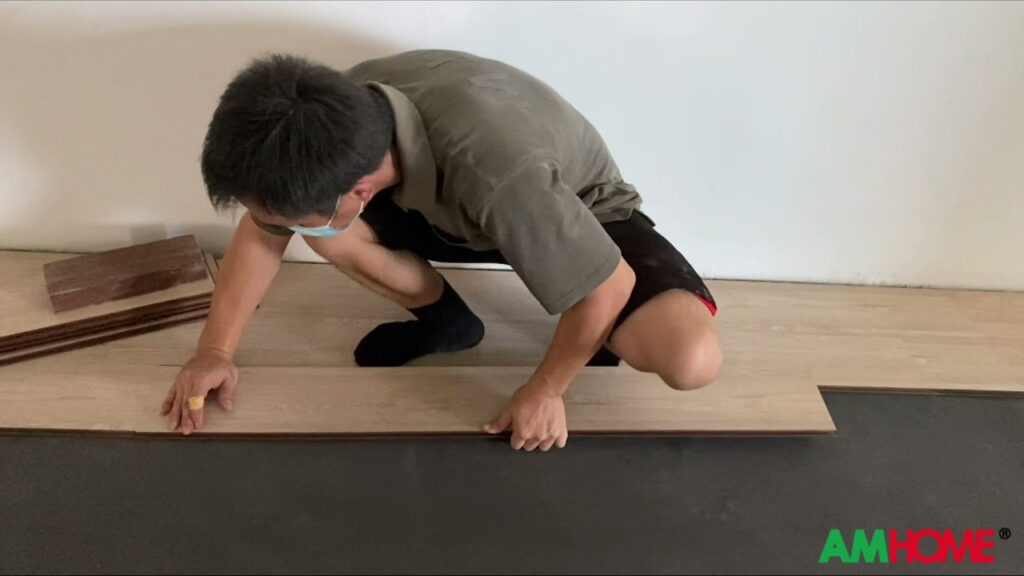The Benefits of Carpet on Stairs
Carpeting on stairs provides numerous benefits that can enhance both the safety and aesthetics of your home. When it comes to safety, the softness and traction provided by carpet can reduce the risk of slips and falls, especially for young children, elderly individuals, and pets. Additionally, carpeting on stairs can help to dampen the sound of footsteps, making your home a quieter and more peaceful environment.
Moreover, the addition of carpet on stairs can contribute to the overall design and appearance of your home. With a wide range of colors, textures, and patterns available, carpeting offers the opportunity to add a touch of style to your staircase while complementing the existing decor.
Furthermore, the installation of carpet on stairs can also contribute to the longevity of the staircase itself. By providing a protective layer over the steps, carpeting can help to prevent wear and tear, ultimately extending the lifespan of the staircase. Additionally, it can be easier and more cost-effective to replace worn carpeting than to refinish or replace the steps themselves, making it a practical and economical choice for homeowners.
In conclusion, the benefits of carpet on stairs extend beyond aesthetics, offering safety, sound dampening, and protection for your staircase. Whether for practical or design reasons, the addition of carpet can be a valuable investment for any home.
How to Install Carpet on Stairs
Installing carpet on stairs is a cost-effective way to enhance the comfort and appearance of your home. Whether you’re a seasoned DIY enthusiast or a beginner looking to take on a new project, the process can be manageable with the right tools and guidance.
Preparation is Key
Before beginning the installation process, it’s crucial to prepare the stairs properly. This involves measuring the dimensions of each step, removing any existing carpet or flooring, and thoroughly cleaning the surface. Additionally, ensure that the stairs are structurally sound and free from any damage.
Selecting the Right Carpet
Choosing the appropriate carpet for your stairs is essential for both aesthetics and durability. Opt for a carpet that is designed to withstand heavy foot traffic and is easy to maintain. Consider factors such as pile height, material, and color to ensure that the carpet complements the overall style of your home.
Installation Techniques
There are various methods for installing carpet on stairs, including the waterfall method and the cap-and-band method. Each technique offers a different look and may require specific tools and skills. Whichever method you choose, it’s crucial to secure the carpet firmly to avoid any safety hazards and ensure a professional finish.
Professional Assistance
While installing carpet on stairs can be a rewarding DIY project, some homeowners may prefer to enlist the help of professionals. Experienced carpet installers have the expertise and tools to ensure a seamless and durable installation, giving you peace of mind and saving you time and effort.
Pros and Cons of Using Carpet on Stairs
Carpeting your stairs can offer several advantages. Firstly, it provides a non-slip surface, making it safer for both children and elderly individuals, reducing the risk of accidents and falls. Additionally, carpeting on stairs can help reduce noise levels in the home, especially in multi-level dwellings, as it absorbs sound, preventing it from echoing through the space. With a wide range of colors, patterns, and textures available, carpeting can also add a touch of style and warmth to your home.
On the downside, carpeted stairs can be more challenging to clean and maintain than hard surfaces. They tend to accumulate dirt, dust, and pet hair, requiring regular vacuuming and occasional deep cleaning. Furthermore, heavy foot traffic on carpeted stairs can cause the fibers to wear out more quickly, leading to visible signs of wear and tear over time. Additionally, individuals with allergies may find that carpeted stairs trap dust and allergens, potentially worsening allergy symptoms.
Ultimately, the decision to use carpet on stairs will depend on your specific needs and preferences. Considering the pros and cons can help you make an informed decision that aligns with your lifestyle and design preferences.
Carpet on Stairs: Maintenance Tips
Carpeted stairs can bring warmth and comfort to a home, but they also require regular maintenance to keep them looking their best. Here are some essential tips to help you maintain your carpet on stairs:
Vacuum Regularly
Regular vacuuming is crucial for keeping your carpet on stairs clean and free of dirt and debris. Use a vacuum cleaner with a brush attachment to effectively remove pet hair, dust, and other particles that can accumulate on the stairs. Pay special attention to the edges and corners, as these areas tend to collect more dirt.
Spot Cleaning
Accidents happen, especially on high-traffic areas like stairs. It’s essential to address spills and stains promptly to prevent them from setting into the carpet fibers. Use a mild detergent and water to blot and clean the affected area, then blot dry with a clean towel. Avoid rubbing the stain, as this can spread it further and damage the carpet pile.
Rotate the Carpet
To prevent uneven wear and tear, consider rotating your carpet on stairs annually. By rotating the carpet, you can distribute foot traffic and sunlight exposure more evenly, prolonging the life of your carpet and maintaining a consistent appearance throughout the staircase.
By following these maintenance tips, you can ensure that your carpet on stairs remains in top condition, providing a comfortable and inviting atmosphere for your home.
Conclusion
In conclusion, it is essential to prioritize SEO strategies in web content to enhance visibility and ranking on search engine results pages. By implementing effective SEO techniques, businesses can attract more organic traffic and improve their online presence. It is crucial to conduct thorough keyword research and optimize content using relevant keywords to ensure that it aligns with search intent and meets the needs of the target audience.
Furthermore, creating high-quality, valuable content that addresses the interests and concerns of users is fundamental for SEO success. This involves producing engaging blog posts, articles, and other forms of multimedia that offer actionable insights and solutions. Additionally, leveraging backlinks from authoritative sources can significantly impact a website’s credibility and domain authority, contributing to higher search engine rankings.
Moreover, staying updated with the latest SEO trends and algorithm changes is paramount to maintain a competitive edge in the digital landscape. Regularly monitoring website performance, user engagement metrics, and making necessary adjustments are integral aspects of a successful SEO strategy. Ultimately, by prioritizing SEO and consistently refining content, businesses can effectively enhance their online visibility and reach a wider audience.


